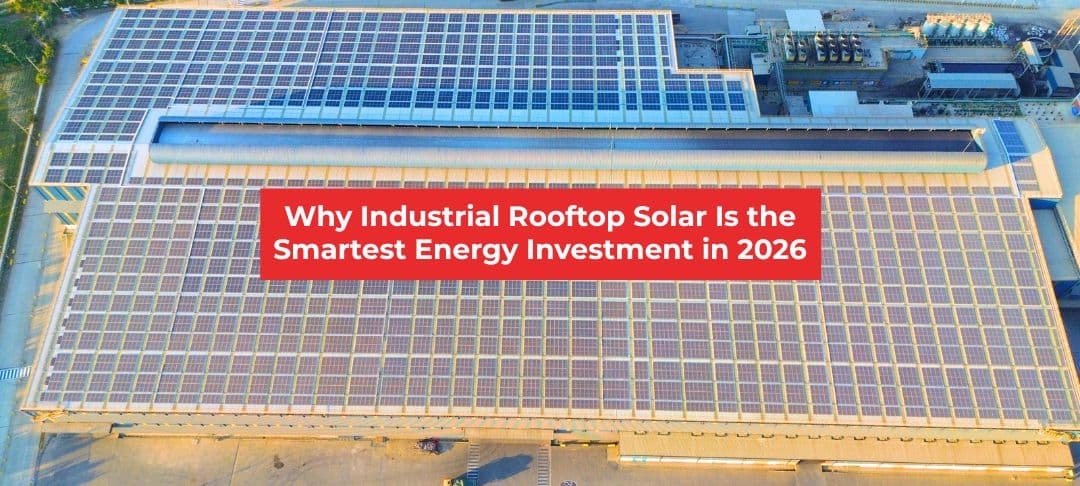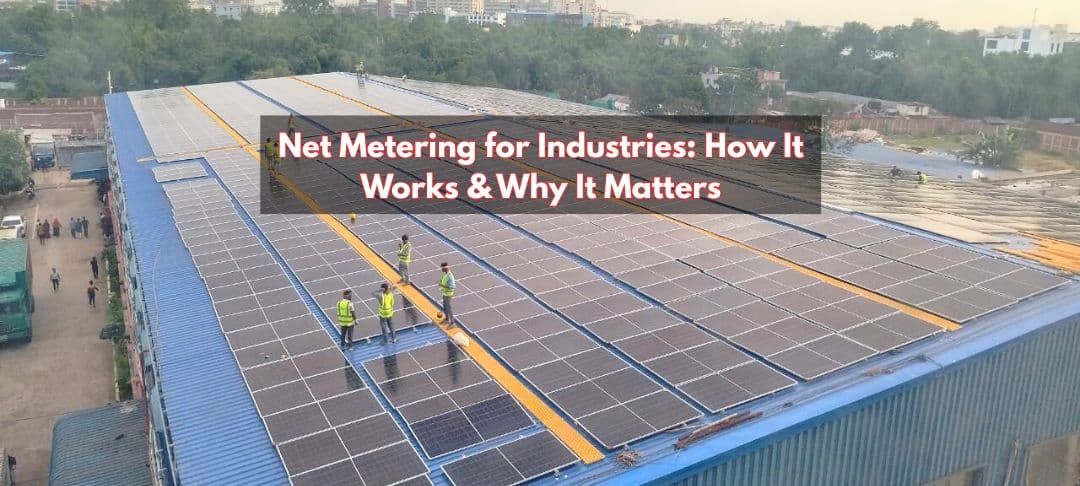What is the Paris Agreement and Why Does it Matter?
Published at - November 14, 2021
Climate change, since the late twentieth century, has been a matter of global awareness. Not only the climate change activists, but also people all over the world along with many non-governmental organizations and civil societies pressurized the state and the global communities to take immediate and sustainable action to resist global warming and climate change. Therefore, many intergovernmental organizations to keep a check on climate change were formed and the biggest of these is the UNFCCC. UNFCCC was formed in 1992. Every year it holds an intergovernmental conference to mobilize the resistance against climate change and the global environment disruption. Until now it has arranged 26 conferences of the parties. The outcome? Some agreements and promises and a framework to follow. One of the most promising treaties yet to be implicated is the Paris Agreement or the Paris Accords, adopted in 2015 in the COP21 held in Paris, France.
In this blog, by overviewing the agreement, we will try to find out what is the Paris Agreement and why it matters.

Paris Agreement: The Background
The Paris Agreement (French: Accord de Paris), sometimes known as the Paris Accords or the Paris Climate Accords, is a 2015 international climate change accord. Climate change mitigation, adaptation, and finance are all covered. At the 2015 United Nations Climate Change Conference near Paris, France, 196 countries negotiated the agreement. At a ceremony in New York on April 22, 2016 (Earth Day), the Paris Agreement was opened for signature. After the European Union ratified the agreement, the number of countries responsible for enough of the world's greenhouse gases reached a critical mass, allowing the agreement to enter into force on November 4, 2016. The agreement has 193 signatories as of November 2021, according to the United Nations Framework Convention on Climate Change (UNFCCC). Iran is the only big emitter among the four UNFCCC member states that have not ratified the accord. In 2020, the US withdrew from the agreement, but returned in 2021. The aims of the agreement are yet to be achieved. The world community, specifically the UNFCCC and other global environment activists are keeping the nations that are responsible for carbon and greenhouse gas emission in constant pressure to adopt the conditions that the agreement has put forward. If 55 countries that emit at least 55 percent of the world's greenhouse gas emission ratify or otherwise join the pact, it will enter into force and become fully effective. After the European Union ratified the agreement, it received enough signatories to take effect on November 4, 2016.
Content and the Aims of the Paris Agreement
The agreement has 29 articles and 16 introductory paragraphs. It has articles about procedures and operations. It is a legally enforceable agreement, although many of its articles are there to encourage international collaboration rather than to suggest responsibilities. It applies to the majority of greenhouse gas emissions, but not to international aviation or shipping, which are handled by the International Civil Aviation Organization and the International Maritime Organization, respectively.
The aim of the agreement is simply to resist global warming and tackle climate change.The agreement's purpose, as stated in Article 2, is to have a stronger response to the threat of climate change. It aims to improve the United Nations Framework Convention on Climate Change's implementation by:
- Holding global average temperature increases to far below 2 degrees Celsius above pre-industrial levels, and pursuing measures to limit temperature increases to 1.5 degrees Celsius above pre-industrial levels, understanding that this would greatly minimize climate change risks and impacts.
- Increasing the ability to adjust to the negative effects of climate change while also fostering climate resilience and low-carbon development without jeopardizing food supply.
- Streamlining financial flows in order to achieve low greenhouse gas emissions and climate-resilient development.
Paris Agreement: Successful or Failure?
Countries pledged to decrease greenhouse gas emissions under the Kyoto Protocol and the Paris Agreement, but the amount of carbon dioxide in the atmosphere continues to rise, warming the Earth at an alarming rate. Scientists warn that if global warming continues unabated, much of the world would face environmental disaster, including massive sea-level rise, record-breaking droughts and floods, and widespread animal extinction.
Countries are required to examine their progress toward implementing the agreement every five years through a procedure known as the global stocktake, with the first one scheduled for 2023. Countries set their own goals, and there are no systems in place to guarantee that they are met.
However, the biggest carbon emitters are the hardest to break down. USA for example, The world's second-largest emitter pulled out of the agreement. Former President Donald Trump made the decision, which took effect in November 2020. During his first months in office, however, President Joe Biden re-entered the US into the accord. In the COP26, the last minute intervention of India and China, both a strong carbon emitting country, weakened the progress toward the goal of the agreement.
Eritrea, Iran, Iraq, Libya, and Yemen are among the countries that have not formally approved the pact. Iran is one of them, and it is known for its high carbon emissions.
According to many experts, The Paris Agreement is not enough. Countries' pledges are insufficiently aggressive and will not be implemented quickly enough to keep global warming below 1.5°C. According to the experts, the world’s average temperature will still rise 2.1°C (3.8°F) by 2100.
So, is The Paris Agreement useless? No, it's not. The Paris Agreement is not sufficient enough to produce the desired outcome and it is a little weak in implicating its goals and a little slow to restore the balance. However, it cannot be denied that the blame must be shared with the stubborn government, the coal-based corporations and their employees.
Nevertheless, against all odds, the agreement has been successful in keeping the carbon emission in check and making many government responsible. Several countries made greater commitments ahead of the COP26 session in November 2021, which is the deadline for governments to update their NDCs. President Biden, for example, declared in April 2021 that the US will try to reduce emissions by 50 to 52 percent below 2005 levels by 2030, more than doubling President Barack Obama's goal. Furthermore, the Glasgow Climate Pact, the final agreement at COP26, asked countries to submit new, more aggressive NDCs by the end of 2022, rather than waiting five years.
In the end, it only takes a little responsibility and collaboration to save our planet. The Paris Agreement may not be fast or strong enough, but really it's on us. We must let go of our selfish interest and pressurize the global community to fight against climate change and restore the balance. If we stand with each other, I have full confidence that we will be more than able to save the planet we call home.



